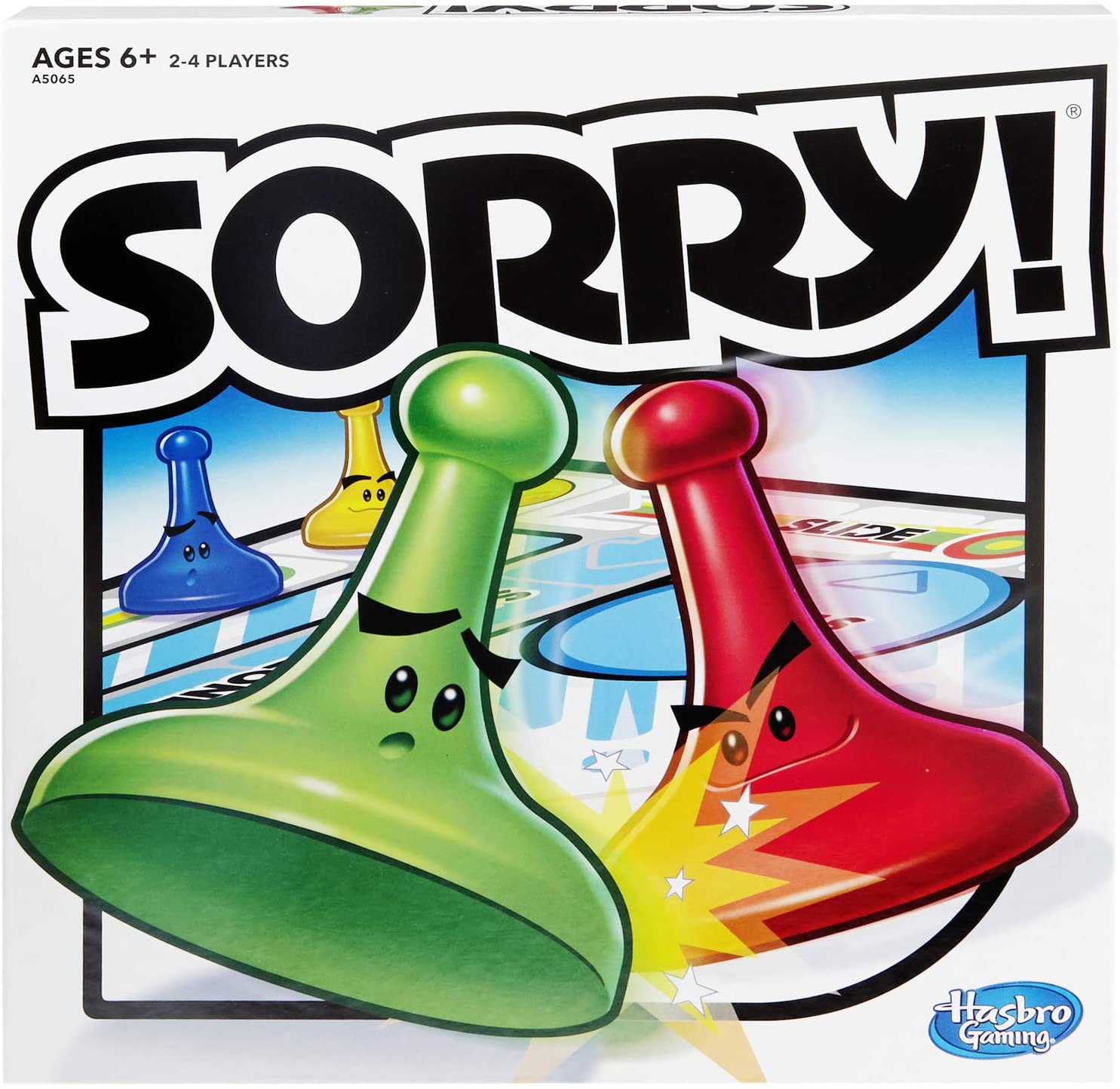Top 10 Best Board Games to Play of All Time
Some of these fun board games are perfect for one player, while others are meant for two, and many are best played with a large family. Whether you seek critical thinking and competition or simple fun and loads of laughter, there’s something on this list for everyone.
1. The Game of Life
How could we not include Life in this roundup? We remember playing this game as kids and dreaming about all the possibilities (and responsibilities) that come with being a grown-up—college, marriage, kids, insurance!
In this classic game, players each receive a plastic car to maneuver around the game board, which represents moving through multiple stages of life, from choosing a college to enjoying sweet retirement. The goal is to navigate through life making smart decisions and ultimately be the player who retires first and with the most money.

Photo Credits: https://www.amazon.com/
2. Checkers
Don’t let the simple appearance of this game fool you; there can be a lot of excitement in a game of checkers. You and your opponent each have 12 uniform game pieces, which you move diagonally across the 8x8 checkerboard.
Maneuver a piece all the way across the board and you get to crown a king; jump an opponent’s piece and you capture it, removing it from play.
3. Operation
The poor patient in Operation has a lot of ailments: writer's cramp, water on the knee, and brain freeze are just the beginning. In this game, you take on the role of the doctor, tasked with relieving the patient by removing all 13 of his ailments.
The process can be tricky; you must use a pair of tweezers to extract the small plastic ailments. If you miss and touch the sides of the patient, the game buzzes, and another player, "the specialist," gets a turn.

4. Uno
All you need to play this fun family game is the Uno card deck. There are no marbles, spinners, or additional game pieces required, which makes it quick to clean up and great to take on the go.
An Uno deck contains 108 cards—25 cards each in one of four colors, plus 8 special action cards (like Skip and Reverse). Players take turns matching a card from their hand by number or color to the card in the middle of the game.
5. Sorry!
Move your four pawns around the board and navigate them home safely in the game of Sorry. All pawns start in their respective start spaces, and players take turns drawing from a deck of 44 cards to determine their next move.
Sorry is competitive, with two ways to set back your opponents. Similar to the game Trouble, if you land on a space occupied by another player’s pawn, that pawn is sent back to the start. The second way to hinder opponents is by drawing one of the deck's four "Sorry" cards.

Photo Credits: https://www.amazon.com/
6. Ticket to Ride
The railway-themed board game, known by various names including Zug um Zug, Les Aventuriers du Rail, Aventureros al Tren, Wsiąść do pociągu, and Menolippu, lets players select from multiple cities and countries—from New York to Amsterdam, France to India.
Embark on an adventure of claiming railway routes to connect destinations. Earn more points for longer routes and fulfilling Destination Tickets by linking two distant cities in a country-wide journey.
7. Jenga
No matter your age, the anticipation of drawing a piece followed by the thrill of the tower collapsing never gets old. This game can reach nerve-wracking levels with crisscrossed blocks precariously balancing or simply topple over repeatedly in a more carefree, playful manner.
Practice finding the perfect piece, perhaps get frustrated over another’s selection, and prepare for some screeching and laughter before starting again.

8. Twister
Have you ever played a game of Twister that didn’t end in uncontrollable laughter? One of the few physical board games, Twister is a classic, and it’s easy to see why; watching your friends contort in every possible way to place a left hand on green and a right foot on yellow will never not be funny.
There’s nothing better than collapsing in a giggle-induced pile with some of your favorite people.
9. Battleship
In this two-person game of strategy, players secretly arrange their ships on a lettered and numbered 10x10 grid and then try to locate and destroy their opponent’s fleet. Each player has two grids: one for placing their own ships and tracking hits made against them, and another for marking hits aimed at their opponent.
Take turns firing shots by calling out one of the grid’s plot points. If a hit doesn’t strike a ship, it’s marked with a white peg; if it does, it’s marked with a red peg. Each type of vessel can sustain a different number of hits before it sinks.
10. Monopoly
The first official Monopoly game hit the market in 1935, and this property-buying game has been creating real estate tycoons ever since. The game requires a mix of risk and luck, as players buy and trade properties and try to avoid getting thrown in jail.
If you have the funds, you can buy available properties and earn income by charging rent if other players land on your spaces. To win, you must bankrupt your opponents, which can take some time. The aim is to acquire enough property in a single part of the board to create a monopoly, eventually making it impossible for other players to afford your rent.